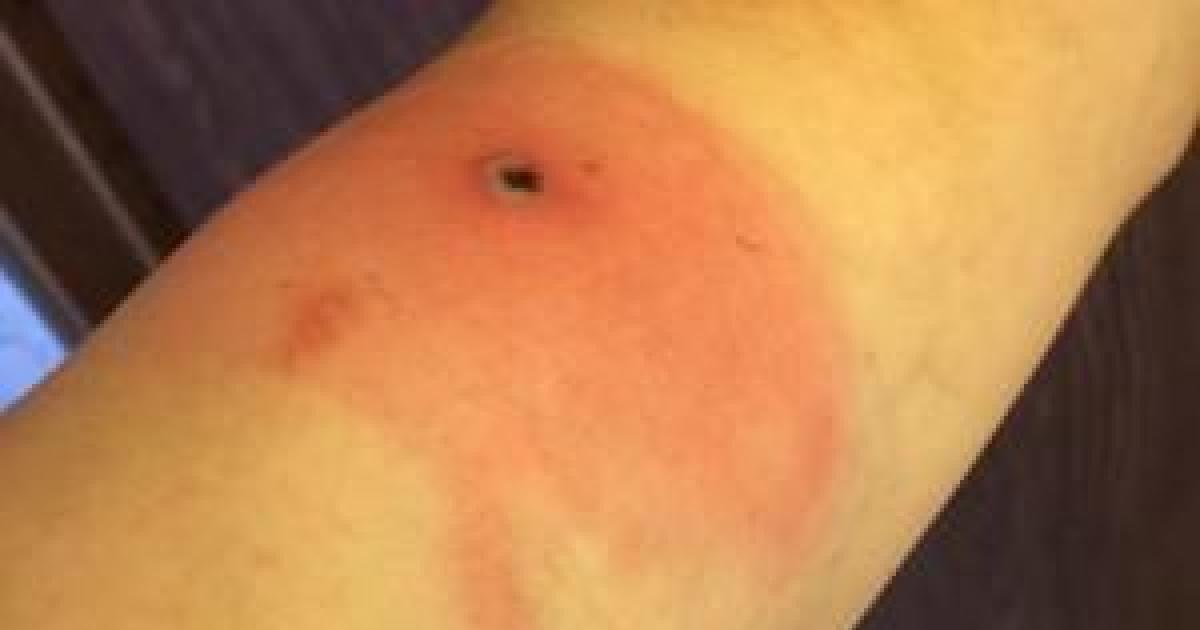An elderly man in Alaska has died from Alaskapox, the first known fatality from the recently discovered virus, state health officials said. It’s unclear how the man contracted the virus but officials say it’s possible that it could be linked to a stray cat that lived with him.
The man, who lived in the remote Kenai Peninsula, was hospitalized last November and died in late January, according to a bulletin released Friday from Alaska public health officials.
The man was undergoing cancer treatment and had a suppressed immune system because of the drugs, which may have contributed to the severity of his illness, the bulletin said. It described him as elderly but didn’t provide his age.
Alaskapox, also known as AKPV, is related to smallpox, cowpox and mpox, health officials said. Symptoms can include a rash, swollen lymph nodes and joint or muscle pain. Immunocompromised people might be at increased risk for more severe illness, officials said.
Only six other cases of the virus have been reported to Alaska health officials since the first one in 2015. All involved people were living in the Fairbanks area, more than 300 miles from the Kenai Peninsula, health officials said. All had mild cases and recovered without being hospitalized.
The man who died “resided alone in a forested area and reported no recent travel and no close contacts with recent travel, illness, or similar lesions,” the health bulletin said.
Virus may be linked to cat
It’s unclear how AKPV is transmitted but researchers say it may be zoonotic, meaning it can jump from animals to humans. The bulletin said that tests found evidence of current or previous infection in several species of small mammals in the Fairbanks area, including red-backed voles, and at least one domestic pet.
The man said he had cared for a stray cat at his home, the bulletin said.
The cat tested negative for the virus but it “regularly hunted small mammals and frequently scratched the patient,” the bulletin said.
That opens the possibility that the cat had the virus on its claws when it scratched him. The bulletin said a “notable” scratch near the armpit area where the first symptom — a red lesion — was noted.
Alaska Health Department
“The route of exposure in this case remains unclear, although scratches from the stray cat represent a possible source,” officials wrote.
Health officials said there hasn’t been any documented cases of humans passing on the virus but they urged caution for people with skin lesions.
“We advise individuals with skin lesions potentially caused by Alaskapox to keep the affected area covered with a bandage and avoid sharing bedding or other linens that have come into contact with the lesion,” health officials say.
Health authorities also urged Alaskans to follow federal health precautions when around wildlife to avoid potential Alaskapox infections.
The U.S. Centers for Disease Control and Prevention recommends washing hands with soap and water after contacting wild animals or their feces. Hunters should always wear gloves when handling dead animals, even if they are freshly killed, the agency suggests.
The news comes as health officials in Oregon recently confirmed a rare case of human plague in a resident who was likely infected by their pet cat.

Gregory Daniels is your guide to the latest trends, viral sensations, and internet phenomena. With a finger on the pulse of digital culture, he explores what’s trending across social media and pop culture. Gregory enjoys staying ahead of the curve and sharing emerging trends with his readers.









